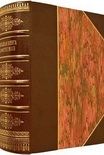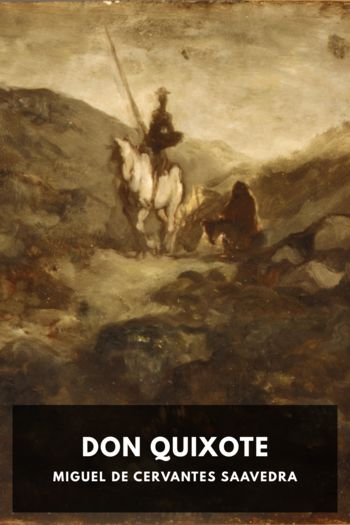Lady Joker, Volume 1, Kaoru Takamura [best affordable ebook reader TXT] 📗

- Author: Kaoru Takamura
Book online «Lady Joker, Volume 1, Kaoru Takamura [best affordable ebook reader TXT] 📗». Author Kaoru Takamura
This factory melted down pig iron, scrap steel, and casting scraps in a cupola furnace, casting these into molds to make engine parts and cable drums for fishing boats.
The structure was about 10,000 feet square, its walls and roof made of corrugated metal, with the ground left as sandy soil. The roof rose higher above where the cupola was installed, and there was a gap to let the heat out, from which soot and dust mingled with sparks escaped along with a foul odor. When rain and snow fell through the gap in the roof, it would land on the two five-ton cupolas inside and cause steam to pop and hiss while the ventilator groaned. Beneath all this, the outdated cupolas shuddered as they blazed on, always sounding as if they were about to burst apart.
His job as a twelve-year-old apprentice factory hand had included carting in a fresh supply of coke split that was used to adjust the burn rate of the furnace. By the time he was fourteen, he had been appointed the task of shoveling the coke as instructed into the charging door of the furnace, and by sixteen, he had learned to check the heat level on his own by sight. Stoking the cupola was a battle against time, and if there was even slightly too much or too little blast air, the coke bed would burn too hot or result in incomplete combustion. If the coke and the charge were not packed in just right, it lowered the thermal efficiency and the temperature of the molten metal would drop. Whether the furnace was burning properly could not be detected until the melted iron started to drip down. Then, giving off a pale yellow light, the fifteen-hundred-degree molten metal would flow down the tap hole, and the more experienced workers collected it in ladles and poured it into one after another of the molds lined up on the bare ground.
The castings were heavy, as were the castings alloyed with silica sand and the scrap steel used as metal charge. The factory workers all had muscular upper bodies, and the skin of their palms was darker and thicker than a charcoal burner’s.
By the time Monoi became an apprentice in 1937, the port of Hachinohe, where the foundry was located, was already crowded with the large roofs of the municipal fish markets and refrigeration plants, and behind the hundreds of fishing boats lined along the quay were the shipyards and the ironworks and the foundries—all day long, the alleyways clamored with the sound of hammers from the shipyards and sparks from the lathes, horse-drawn wagons carrying fish and the cries of the migrant fishermen coming and going. On mornings when tuna were hauled ashore, he was awakened by the frenzied atmosphere of the auction, and if there was a good catch of sardine or saury, then he would be woken up by the splintered cries of black-tailed gulls flocking around the minnows. Soon after, when the three-thousand-ton quay that stretched out like a desert was erected right next to the fishing port, the large cargo ships laden with ore and grain as they approached the quay were visible from the foundry windows that were always left open, and along with the shouts of the longshoremen, the smoke and steam spouting from the freight trains as they came in on the service tracks beside the quay reached all the way to the workshop.
The charging door of the cupola was set as high as the roof of a two-story building, so that when he was up on the ladder, from time to time through the window he could just make out over the rooftop of a warehouse the tips of the small flags sending off the procession of conscripted soldiers as they marched along the roadway behind the factory. Then, passing outside the window every day around noon was the cart of the junkman who made the rounds of the foundries gathering scrap iron, and the man would always call out sleepily, “Hey there! Hey there!” In the early evenings, a peddler woman appeared at the back door, and the foundry owner’s wife would buy whale meat or dried herring from her. On days when the woman did not come by, their dinner would be cold radish or cabbage soup with sardines.
Work at the foundry ended around sundown, but after that, there was still the daily maintenance of the cupola to attend to. By then, the hustle and bustle of the day had subsided and the pitch-dark port became a refuge for the sea breeze, the lights of the Dalian-bound cargo ships anchored offshore began to sway like lanterns in the streets at night, and the vortex of the wind soon came surging all the way up to the foundry, rattling the tin roof. As he scraped off the oxide residue that clung to the firebricks inside the cupola, the silence of the night penetrated deep into the core of his mind until he would finally look up and see fluffy snowflakes falling down through the gap in the roof, falling on the tracks of the Hachinohe Line that ran just behind the foundry, falling on the bus route—the same snow that was falling on the mountain village an hour’s bus ride from the foundry. In the summer, what fell through the gap in the roof were moths and beetles.
Hachinohe in summer, from the meadows in the town center to the fields that spread out toward the





Comments (0)